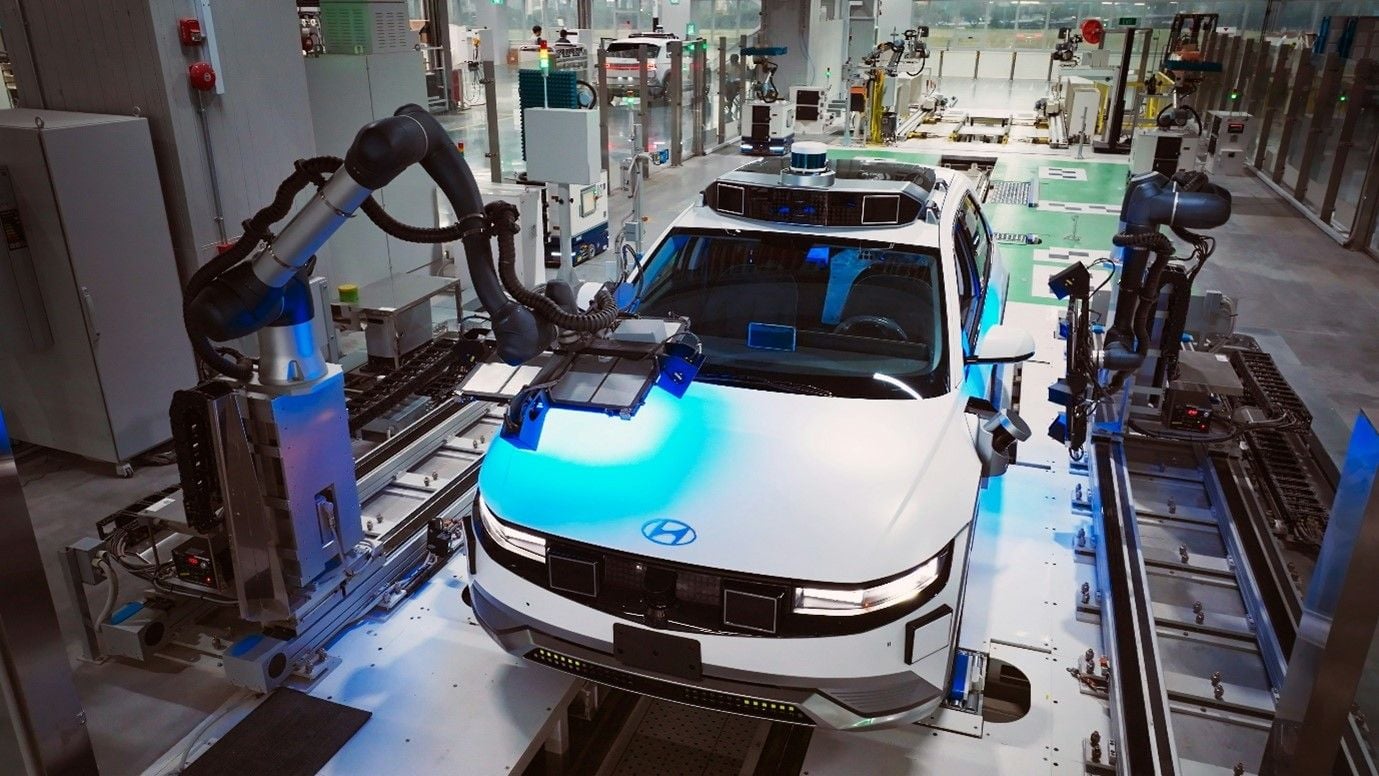Electrification of the automotive industry and the impact on procurement
H&Z’s latest findings highlight the impact of electric vehicles on the automotive value chain and provides strategic procurement insights.
Driving Change: New Insights on Electric Vehicle Revolution and Procurement
As the world accelerates towards a greener future, the automotive industry is experiencing a significant transformation, shifting from internal combustion engines (ICE) to electric vehicles (EV). This change not only affects vehicle composition but also impacts the entire automotive value chain and supplier market. H&Z’s latest report delves into these changes, offering valuable procurement insights to help companies navigate this new landscape.
Our analysis indicates a reduction in vehicle components and part values as the industry transitions to EVs. Specifically, EVs are expected to have 27% fewer components and a 15% decrease in part value (excluding batteries) compared to traditional ICE vehicles. This simplification in vehicle mechanisms, coupled with changes in cost structures, poses both challenges and opportunities for procurement teams.
Key Insights:
- Component Reduction and Cost Structure: EVs have fewer moving parts, leading to a 27% reduction in components and a 15% lower part value, excluding the battery. EV engines often achieve comparable or superior performance with fewer moving parts, exemplified by the Chevrolet Bolt's electric motor, which has only three moving parts compared to the 113 in a typical ICE.
- Simplified Mechanisms: The reduced complexity in EV engines necessitates that procurement adapts to a simpler, yet technologically advanced, supply chain. Although EVs are generally more expensive due to battery costs (30-50% of the total cost), excluding the battery, the remaining components are 15% cheaper than those in ICE vehicles.
- Strategic Partnerships: The shift to EVs requires the reassessment of supplier relationships and the formation of new strategic partnerships, especially in areas like thermal systems and infotainment, where there is a scarcity of suppliers.
- Digital Proficiency: Enhancing software capabilities within procurement teams is critical to managing the increasing digital demands of EVs, including the need for advanced driver assistance systems, infotainment, and connectivity features.
- Sustainability: Embracing circular economy principles and sustainability is vital for future procurement strategies. This involves close collaboration with R&D to design for recycling and integrate sustainable materials.
Conclusion: Embracing Change as the Path to Future Success
To succeed in this evolving market, procurement must concentrate on five key areas: understanding industry developments, innovating supplier management, enhancing software capabilities, addressing cost pressures, and embracing sustainability.
Contact our experts
Expert guidance with over 25 years of experience in procurement and a history of guiding automotive companies through industry shifts, H&Z is well-positioned to support your company's adaptation to these changes. Our team can provide strategic insights and practical solutions to ensure a resilient and future-proof procurement process. For more information and to integrate these strategic insights into your procurement process, reach out to our team.

